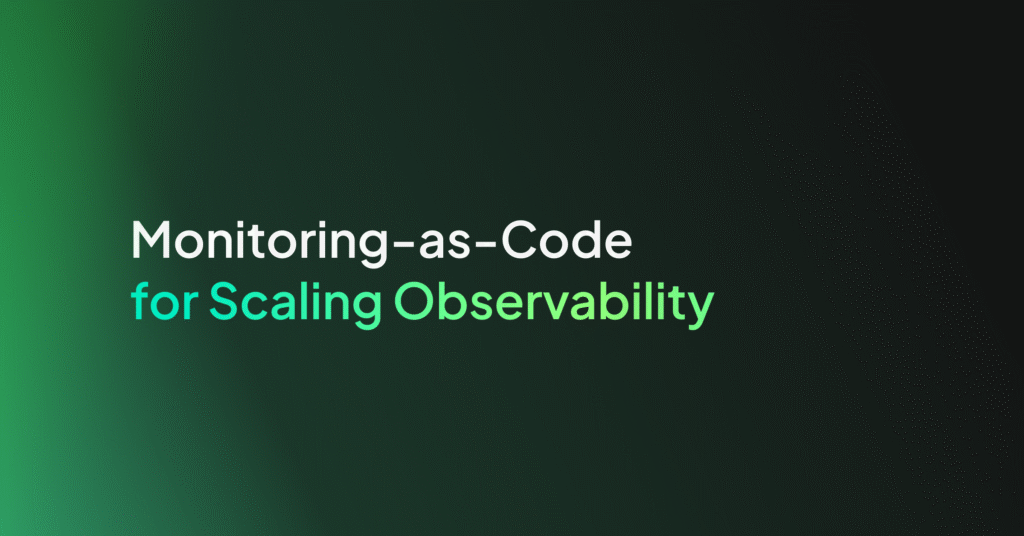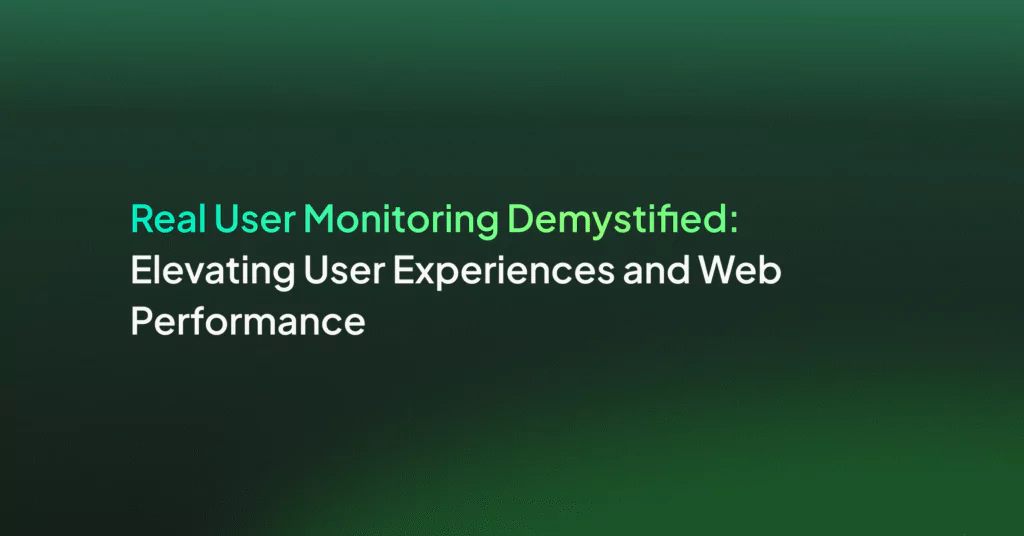What Is AI Monitoring and Why Is It Important

Artificial intelligence (AI) has emerged as a transformative force, empowering businesses and software engineers to scale and push the boundaries of what was once thought impossible.
However as AI is accepted in more professional spaces, the complexity of managing AI systems seems to grow. Monitoring AI usage has become a critical practice for organizations to ensure optimal performance, resource efficiency, and provide a seamless user experience.
This article will explore the world of AI monitoring, what you need to know about AI for your teams, and how to achieve efficient monitoring with the Coralogix full-stack observability platform.
What is AI monitoring?
AI monitoring is a critical process in the world of artificial intelligence that involves continuously observing and analyzing. It serves as a proactive measure to maintain the health and efficiency of AI applications. Organizations and software engineers deploy and operate AI-based solutions, such as natural language processing, computer vision or machine learning and deep learning algorithms.
Why is AI monitoring important
AI monitoring goes beyond traditional application monitoring. For example, AI monitoring involves tracking specialized metrics and data specific to AI operations. Some of the key aspects of AI monitoring include:
- Model performance: Monitoring the performance of AI models ensures they provide accurate and reliable results. Metrics, such as accuracy, precision, recall and F1-score, are often used to evaluate model performance.
By continuously tracking these metrics, engineers can detect changes in model behavior, identify potential drift or degradation in performance. In turn, they can take corrective actions to maintain model accuracy.
Coralogix integrates with Checkly to generate synthetic monitoring. Alternatively, you can create custom metrics in Prometheus.
- Resource consumption: AI applications can be computationally intensive and may require significant resources, including CPU and GPU usage, memory, and storage. Monitoring resource consumption ensures AI systems have adequate resources to handle workloads efficiently without experiencing performance bottlenecks or outages.
Depending on the deployment platform, you have some options. For example, with Kubernetes, use the Coralogix K8s dashboard with Otel metrics and logs.
- API usage: AI models are typically accessed through APIs (Application Programming Interfaces). Monitoring API usage involves tracking metrics like request rates, response times, and throughput. This helps engineers detect unusual patterns, such as sudden spikes in API calls, which may indicate increased demand or potential issues.
If you’re using API Gateway, ingest your cloudwatch metrics into Coralogix. On the other hand, if you’re using a server, ingest Otel, Prometheus metrics, Cloudwatch, Google Cloud Platform or Azure metrics into Coralogix.
- Request volume: The number of requests made to AI models is another important metric. High request volumes can strain AI systems and impact response times. Monitoring request volume helps engineering teams identify peak usage periods and prepare for scalability challenges.
Ingest network logs from WAFs or Load Balancers into Coralogix and visualize those using Custom dashboards. You can also ingest cloud specific metrics like Cloudwatch.
- Cost tracking: AI deployment can incur significant costs, including cloud computing fees and API usage charges. Tracking costs associated with AI operations helps organizations optimize resource utilization and manage budget effectively.
Engineering teams can achieve even more with AI monitoring by leveraging AIOps (Artificial Intelligence for IT Operations). AIOps combines AI and machine learning technologies with traditional IT operations processes. AIOps enhances the capabilities of AI monitoring and allows for predictive analytics, automated anomaly detection, and intelligent automation of IT operations.
Learn more about observability for LLMs (large language models).




